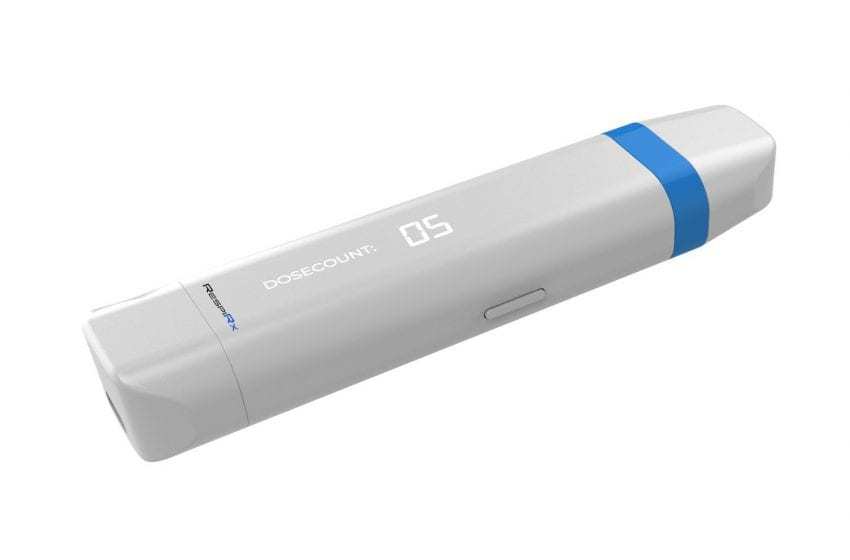
According to a report by Tobacco Reporter on November 29th, Qnovia, a medical drug manufacturing company, has announced the initial results of its inhalation-based smoking cessation therapy, QN-01. The therapy is currently undergoing evaluation by the US Food and Drug Administration's Center for Drug Evaluation and Research (CDER) and the Medicines and Healthcare products Regulatory Agency (MHRA) in the United Kingdom.
Brian Quigley, CEO of Qnovia, has described today as a significant milestone for the company. He believes that these data confirm, for the first time, the clinical efficacy of their platform among patients.
Quigley stated that one reason why quitting smoking is so challenging is that cigarettes release a large amount of nicotine directly into the bloodstream within seconds.
Currently, the challenge for nicotine replacement therapies lies in their inability to release nicotine at a fast and concentrated enough rate to effectively alleviate withdrawal symptoms in smokers. This leads to relapses among smokers, creating an unmet demand for a new type of cessation therapy.
We are pleased to share that QN-01 has demonstrated superior pharmacokinetic characteristics and good tolerability compared to existing nicotine replacement therapies (NRT). We look forward to submitting IND and CTA for QN-01 next year and advancing our clinical development plan to Phase 2 clinical trials," said Quigley.
Qnovia Company has announced that the first phase of their research involves an open-label trial to evaluate the delivery of QN-01 through three different nicotine administration schemes. The objective is to determine the pharmacokinetics and safety of Qnovia's drug delivery platform among a group of 12 healthy adults who currently smoke combustible cigarettes. Each adult will receive three different doses of treatment in the days following the washout period.
The study confirms the dose-dependent pharmacokinetics of QN-01 delivered through Qnovia's RespiRx device. In all three dosage regimens, QN-01 displayed higher average maximum plasma concentration (Cmax) and reached maximum plasma concentration (Tmax) at a shorter time, indicating superior pharmacokinetics compared to existing nicotine replacement therapy (NRT) inhalers. The drug-device combination exhibited good tolerability, with no serious adverse events and no occurrence of typical mild adverse events associated with inhaled nicotine.
We welcome news tips, article submissions, interview requests, or comments on this piece.
Please contact us at info@2firsts.com, or reach out to Alan Zhao, CEO of 2Firsts, on LinkedIn
Notice
1. This article is intended solely for professional research purposes related to industry, technology, and policy. Any references to brands or products are made purely for objective description and do not constitute any form of endorsement, recommendation, or promotion by 2Firsts.
2. The use of nicotine-containing products — including, but not limited to, cigarettes, e-cigarettes, nicotine pouchand heated tobacco products — carries significant health risks. Users are responsible for complying with all applicable laws and regulations in their respective jurisdictions.
3. This article is not intended to serve as the basis for any investment decisions or financial advice. 2Firsts assumes no direct or indirect liability for any inaccuracies or errors in the content.
4. Access to this article is strictly prohibited for individuals below the legal age in their jurisdiction.
Copyright
This article is either an original work created by 2Firsts or a reproduction from third-party sources with proper attribution. All copyrights and usage rights belong to 2Firsts or the original content provider. Unauthorized reproduction, distribution, or any other form of unauthorized use by any individual or organization is strictly prohibited. Violators will be held legally accountable.
For copyright-related inquiries, please contact: info@2firsts.com
AI Assistance Disclaimer
This article may have been enhanced using AI tools to improve translation and editorial efficiency. However, due to technical limitations, inaccuracies may occur. Readers are encouraged to refer to the cited sources for the most accurate information.
We welcome any corrections or feedback. Please contact us at: info@2firsts.com








